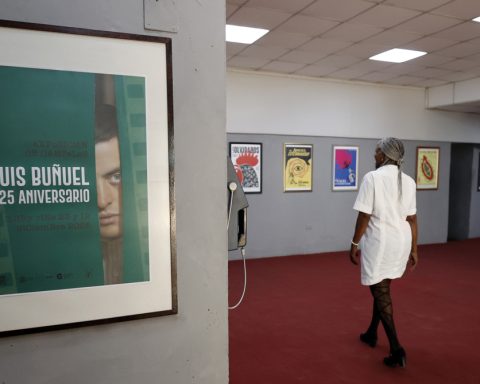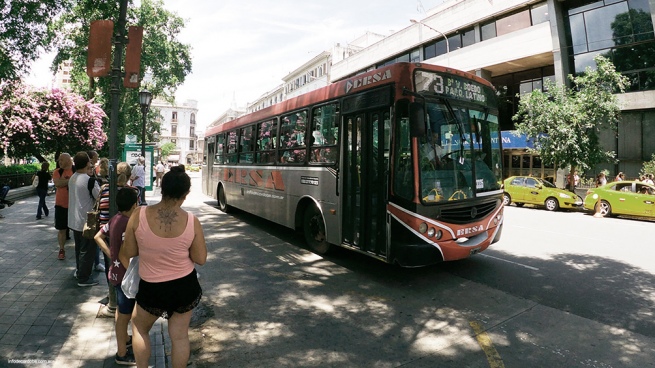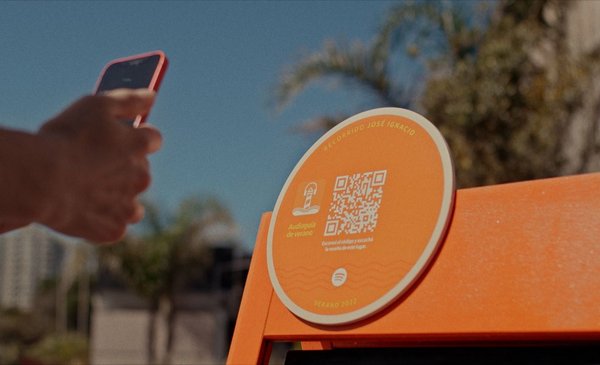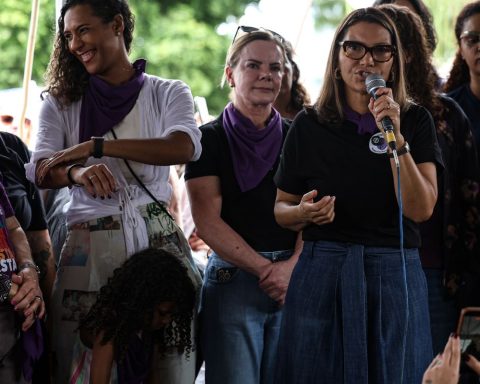For the first time, a Starbucks store was unionized, and the struggle to do the same in an Amazon warehouse continues, while nurses, miners, teachers, academic and media workers, drivers, as well as “essential” workers, especially immigrants. , have staged strikes and other actions that seem to signal a revival of the labor movement in the United States in an economic climate that highlights the greatest economic inequality in a century.
Tens of thousands of workers have participated in strikes and protest actions in recent months, with the media describing a new labor wave. Between mid-2021 and early 2022, 10,000 John Deere workers went on strike, 60,000 film production workers threatened a walkout, and 50,000 approved furloughs at a hospital chain. In addition to other movements in Nabisco and Kellogg’s.
However, it is not something so new, nor did it begin, as some claim, with the arrival of the Joe Biden government. In fact, in 2018 –during the presidency of Donald Trump– more than 485,000 workers carried out 20 large strikes (more than a thousand workers in each one) and another 65,000 participated in 123 in small plants, a figure much higher than the total of 76 thousand workers in 39 disputes during 2021, The Nation reported.
Even with these mobilizations and although Biden arrived declaring his commitment to workers and union rights, the business offensive and the labor and economic policies promoted under the bipartisan neoliberal consensus of the last 40 years – which includes free trade agreements – the The union movement continued to deteriorate with a unionization rate of just 6.1 percent in the private sector in 2021, the lowest level since 1900. The rate is 10.3 percent if the public sector is included, half of what it was 30 years ago. and two-thirds less than in the 1950s when it was 35 percent.
With the reduction of the collective power of workers and the nullification of their rights, the highest level of economic inequality was recorded in a century. Executive compensation has increased 1,322 percent since 1978, while the income of a typical worker increased only 18 percent in the same period, calculates the Economic Policy Institute.
The wealth of 745 US billionaires, $5 trillion, is two-thirds more than the combined wealth of 50 percent of US households, according to the Institute for Policy Studies Project on Inequality.
Right at the moment of greatest weakness of the labor movement, and in the face of the concentration of economic and political power of the so-called richest one percent, old and new forms of action are appearing in the ranks of the workers. Among the recent surprises in the labor movement, which made national news, Starbucks workers managed to unionize the first store of their chain of 8,000 cafes (the largest in the world) in Buffalo, New York, in December 2021; soon after a second store in that same city did the same. Since then, some 70 Starbucks stores in 20 states have applied for election processes to unionize.
In Memphis, Starbucks just fired seven leaders of another union effort at one of its locations. “If Starbucks thinks they can silence us, they are wrong. Our movement is just getting stronger and we will win our union and our human and civil rights to organize. Wake up and smell the power,” said Starbucks Workers United, the union that won in Buffalo and that now it is supporting union initiatives in other stores around the country. Its symbol is a version of the famous company logo of a mermaid, but with a raised fist.
At Amazon, owned by the world’s richest man, Jeff Bezos, workers at a huge distribution center in Bessemer, Alabama, and the national union RWDSU have waged a long fight to unionize a plant of this transnational for the first time.
After a massive campaign with the support of other unions from this and other countries, organizations from the Black Lives Matter movement, national progressive figures such as Senator Bernie Sanders, musicians and actors, and even President Joe Biden himself, the vote to approve a union failed in an apparent defeat. At the end of November of last year, the National Labor Relations Board annulled the first election due to the illegal interference of the company in the process and ordered a second vote, which has already started and will end on March 28 when the count will begin.
There are traditional union struggles, such as the strike of more than a thousand coal miners in Alabama, which is now in its eleventh month, and stoppages that culminated in victories, such as that of more than two months by Kellogg’s workers in December, among various union actions from various branches, including the progressive national unions of nurses, teachers and flight attendants and even academic workers at the University of California and Columbia (https://striketracker.ilr.cornell.edu).
There are also other expressions of organizing beyond the traditional unions (although sometimes with their support) such as the extraordinary Coalition of Immokalee Workers (CIW), which continues to transform the working conditions of immigrants in the farm fields of the southeast of the United States. country, stopping for the first time the harassment of day laborers and freeing thousands of conditions of slavery, promoting campaigns to raise the minimum wage for fast food workers, national networks such as domestic workers (National Domestic Workers Alliance) and day laborers (National Day Laborer Organizing Network) together with new expressions of organization of thousands of courier and food delivery workers such as Los Deliveristas Unidos, in New York, and taxi drivers and Uber drivers, as well as the expansion of cooperatives in the country .
Many of the labor struggles revolve around not only wages, but overexploitative conditions in long mandatory hours, lack of protection from employers and wage theft (for billions of dollars), among others. Immigrants, especially undocumented immigrants, are the most defenseless against these abuses.
Many of the organizers have told La Jornada that what they face is not only companies willing to spend millions to fight unionization, but that under current laws there is no practical protection of the right to organize a union in the United States. Faced with this situation, labor actions continue to be triggered in what some hope could be a rebirth of the largest social movement in the country.
















